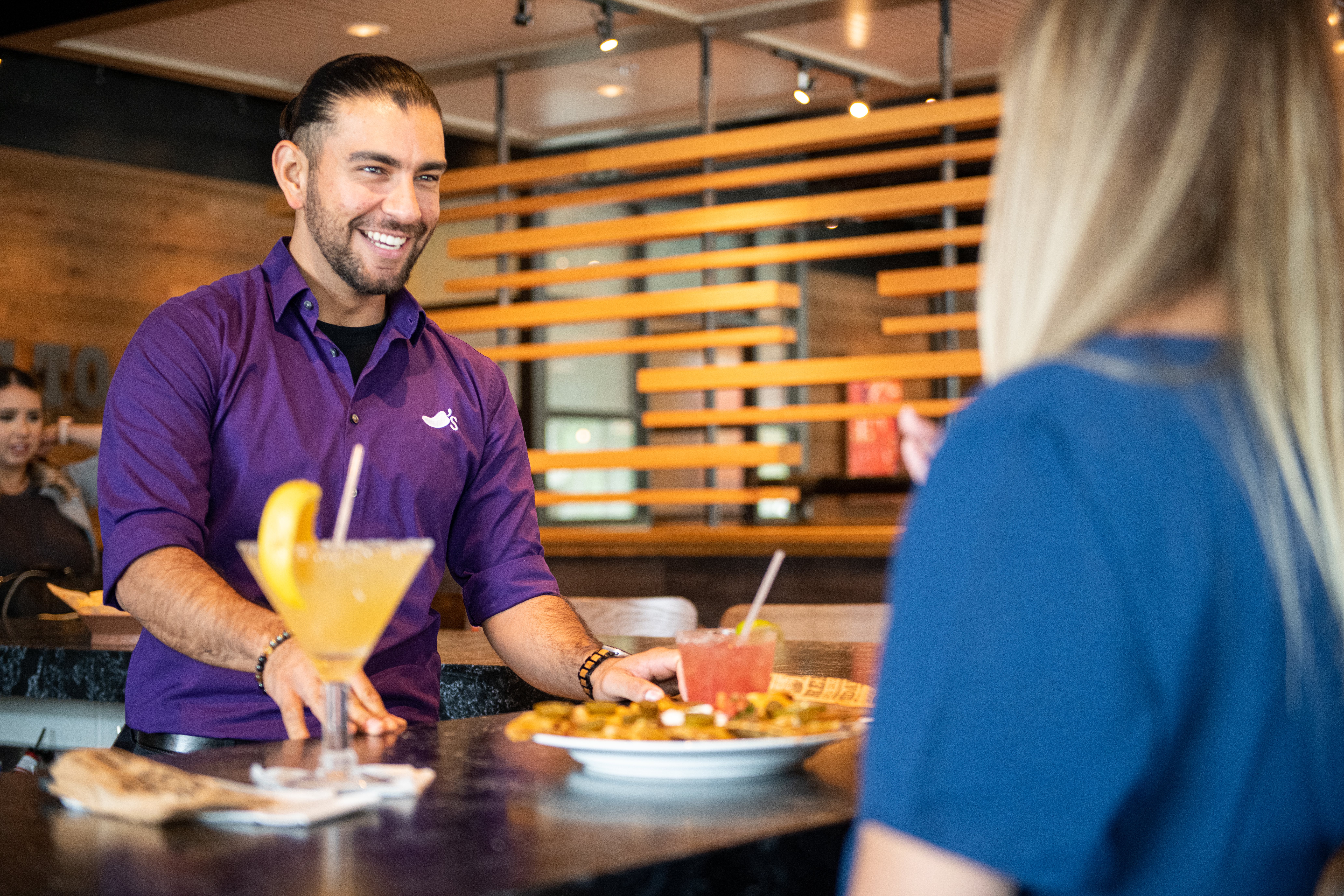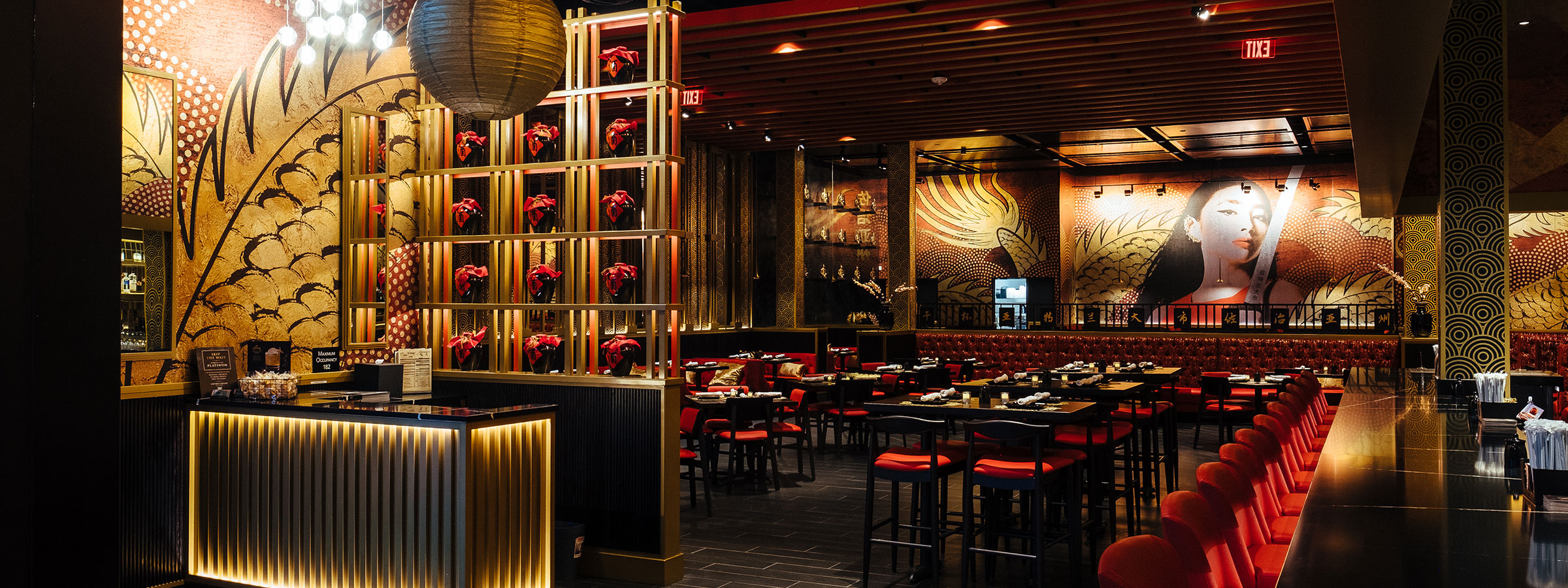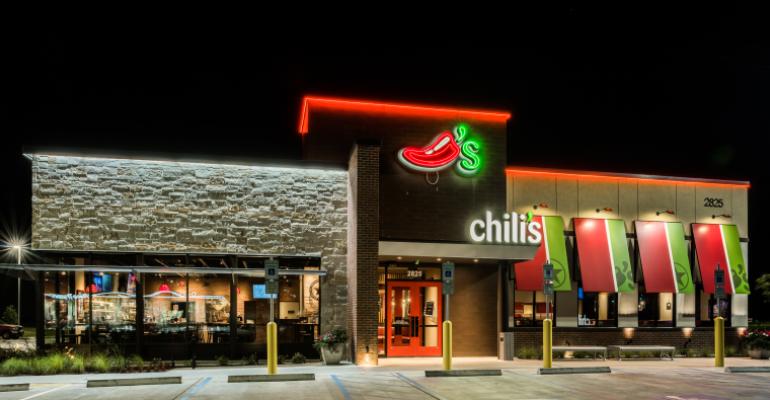As casual-dining brands continue to host virtual brands in their kitchens — and simultaneously deal with a tight employee market — some operators are increasingly looking to technological innovations to make their kitchens faster and more efficient.
Chili’s Grill & Bar, the 1,592-unit division of Dallas-based Brinker International, has pulled back from earlier testing of customer-facing tech like robot servers and drone deliveries to instead focus on new kitchen equipment. And Baton Rouge, La.-based Walk-On’s Sports Bistreaux, with 70 locations across 14 states, is layering on a new Kitchen Display System to connect its front of house with kitchen staff for enhanced efficiency.
At about 50 of its units, Chili’s is looking to create its Kitchen of the Future Three with technology-enhanced grills and ovens to speed cooking and heighten consistency. The test was rolled out in earnest in November, a spokesperson said.
Joe Taylor, Brinker’s chief financial officer, said in a November earnings call that the new equipment would automate some of the back-of-house functions.

The test equipment includes a programmable TurboChef triple-deck oven for items like pizzas, ribs and quesadillas and a two-surface griddle that can cook both sides of burgers, steaks, chicken and salmon with a one-touch button. The oven can cook items about 50% faster than a traditional conveyor-belt version.
Kevin Hochman, CEO and president of Brinker, said during an earnings call in August that the company was working to increase margins, and new buildings might not include as much in-store dining space but rather be optimized for the off-premises sales. That would include optimizing the kitchen, he said.
“We are going to try to accelerate what we call Kitchen of the Future Three, which is equipment that will make it a lot easier, faster and more consistent, and dramatically reduce cook times on the majority of the items on our menu,” Hochman said. “We believe that getting the speed of service up through that equipment will lead to turning tables faster and higher sales. So we are aggressively looking at technology as a way to improve restaurant margins and productivity.”
Removing friction for both team members and guests is the goal, Hochman said.
“For team members, there's a clear opportunity in our heart of house, or our back of house with our kitchen display systems improving the order flow and in the to-go area, which is now 35% of our business,” Hochman said.
“There are also several tasks that we think that guests might want to do for themselves with the right technology, if we can deploy it properly in the restaurants, like seating, ordering and payment,” he added. “This will make it easier for the guests and reduce how much time our team members have to do those tasks for our guests today.”
Chili’s is not alone.
Walk-On’s Sports Bistreaux announced in January that it was investing in technology as it celebrated its 20th anniversary and was working to improve the customer experience.
The award-winning brand was implementing a systemwide aggregator to consolidate third-party orders, partnering with Lunchbox to upgrade its online-ordering and guest-loyalty program and introducing a partnership with Toast, the cloud-based platform, to improve its point-of-sale and Kitchen Display System technology.
“Investing in your tools is investing in your employees, guests and franchisees,” said Jared Hinshaw, Walk-On’s vice president of technology, in a statement. “Technological advancement is the wave of the future in every business.”
Walk-On’s was scheduled to launch its new loyalty program and smartphone app, designed by Lunchbox, in the first half of this year, improving the interface and back-end integration.
“The online guest experience is non-negotiable for restaurants,” said Nabeel Alamgir, Lunchbox CEO and cofounder. “Not only is Walk-On's leading the space, investing in the look and feel of their guests’ digital ordering experience, but they're also scaling out every end of their technology and marketing."
In addition to the upgraded Toast point-of-sale system, Walk-On’s is installing Toast Kitchen Display System, connecting its front of house with kitchen staff for kitchen efficiency, and rolling out Toast Go 2 mobile handheld POS devices for tableside and curbside use at current and future locations.
The Toast Go 2 sends orders directly to the Kitchen Display System, which improves speed of service and allows staff to serve more guests than with prior platforms, the company said.
The new technology is planned as a phased rollout across existing locations throughout this year and will be installed in all new restaurants, the company said.
Scott Taylor, president and CEO of Walk-On’s, said the company was making its single largest investment ever this year in technology.
“These investments in revamping our technological partnerships are designed to both strengthen our operational infrastructure and enhance the guest experience,” Taylor said.
Casual-dining kitchens are changing, he said.
“Consumer habits are evolving,” Taylor said in answers to emailed questions. “Off-premises and digital ordering has become more prominent in the post-pandemic world, which requires kitchens to operate with more speed and efficiency.”
Menu offerings, along with streamlining operations, are part of the new norm for casual-dining business, Taylor added. “What products travel well, the best containers and delivery process to the guest are key to continue to serve the post-pandemic diner.”
Both operators and customers cotton to technology, according to a recent survey by the commerce platform Lightspeed. It surveyed 1,100 restaurateurs and 7,000 consumers in September and October 2022, finding 57% of respondents agreed that new technology adoption over the past two years has been critical to their business survival.
And of those restaurateurs surveyed by Lightspeed, 43% said they were operating with less staff than in earlier periods.
About a third, or 30% of those responding, were limiting the number of days or hours of operation, especially in slower months, to help offset costs due to inflation and preserve their understaffed crews.
Scottsdale, Ariz.-based P.F. Chang’s China Bistro, which has 200 domestic locations and more than 300 systemwide, tapped a new kitchen inventory management system to save time and reduce waste.
 P.F. Chang’s has deployed Crunchtime, the inventory and operations management platform, to help manage profitability. “We’ve reduced the variance of theoretical to actual food cost,” a spokesperson said.
P.F. Chang’s has deployed Crunchtime, the inventory and operations management platform, to help manage profitability. “We’ve reduced the variance of theoretical to actual food cost,” a spokesperson said.
The Asian-inspired concept has also implemented Zenput to elevate team execution in every restaurant.
“It streamlines operating procedures and puts a focus on food safety,” a spokesperson said. “It has the capability to assign tasks per restaurant and pinpoint areas for improvement. It’s helping with menu training and is a resource to restaurant leaders for strategically addressing optimizations they want to make.”
Update Feb. 3, 2023; This story has been updated with comments from Scott Taylor, CEO and president of Walk-On's.
Contact Ron Ruggless at [email protected]
Follow him on Twitter: @RonRuggless





